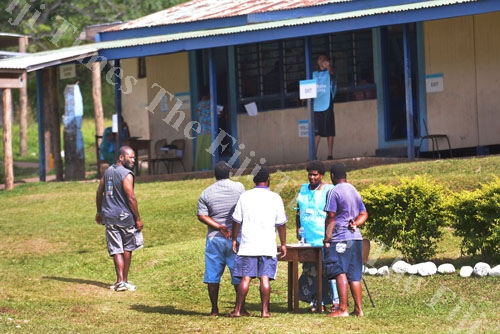THE urban factor will be a major deciding element in the electoral outcome of the 2018 General Election.
That’s the view of University of the South Pacific academic in Governance and Developmental Studies Professor Vijay Naidu, who said the coming polls would be won and lost on Viti Levu where an estimated 80 per cent of the voters were located.
He said 20 years ago, Fiji’s population was still mainly rural, however, this was no longer the case.
Prof Naidu said while the 2017 Census indicated a 55 per cent urban and 45 per cent rural, the fact of the matter was that as much as 65 per cent of the population lived in urban and peri-urban areas or commute to work over more than 40 kilometres each day to a town or city.
“The urban factor will be a major deciding element in the electoral outcome. This is clearly illustrated by the figures of registered voters for the four divisions,” he said.
“The largest number is in the Central Division with 265,745 voters accounting for 41 per cent of the total number of registered voters of 636, 745.
“This division largely comprising the provinces of Rewa and Naitasiri includes the capital, Suva, Nasinu, Nausori and Navua where a good third of the country’s population reside. Next in numerical significance is the Western Division with 243,569 voters or 38 per cent of the total registered voters. Again, urban and peri-urban areas of Sigatoka, Nadi, Lautoka, Ba, Tavua and Rakiraki are of significance together with their hinterland areas.
“Third in the voter registration count is the Northern Division with 94,954 voters or around 15 per cent of the total.”
Labasa and Savusavu, he said, featured as important towns in this area which comprised the provinces of Cakaudrove, Bua and Macuata.
“The Eastern Division with 26,004 voters accounts for about 4 per cent of the voters. This number is lower than the 5 per cent threshold, or approximately 32,000 votes, required per candidate to enter Parliament.
“A further 7490 voters are registered abroad and constitute 1 per cent of the total number of voters.”



